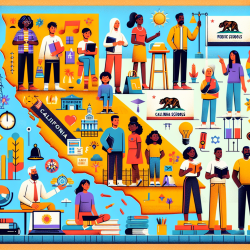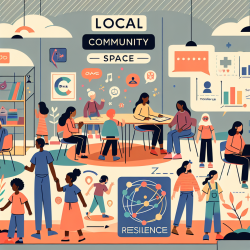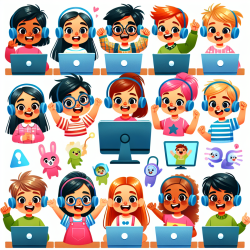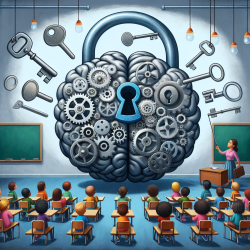The COVID-19 pandemic has brought about unprecedented changes in the daily routines of children with developmental disabilities, particularly those who are visually impaired. The research article "Distance support and online intervention to blind and visually impaired children during the pandemic COVID-19" highlights a pioneering approach undertaken by the Robert Hollman Foundation (RHF) to provide continuous support to these children through a Distance Support Project (DSP). This blog aims to help practitioners improve their skills by implementing the outcomes of this research or by encouraging them to engage in further research.
Key Outcomes from the Research
The RHF-DSP was an innovative response to the pandemic, offering customized psychological, educational, and rehabilitative treatments via online platforms. The project involved:
- Audio-video support calls and meetings
- Rehabilitative treatments tailored to each child's needs
- Postural and environmental facilitations shared with parents
- Multisensory materials created specifically for each child
A satisfaction questionnaire conducted after the five-month project duration revealed high levels of satisfaction among both parents and professionals. Parents, in particular, reported consistently higher levels of satisfaction (p-value < 0.001) compared to professionals. This positive feedback underscores the importance of continuous support, even in a different format, during challenging times.
Practical Applications for Practitioners
Based on the research findings, practitioners can enhance their skills and improve outcomes for visually impaired children by adopting the following strategies:
1. Embrace Online Platforms
Utilize audio-video calls and meetings to provide continuous support. Platforms like Google Meet, Zoom, or Skype can be effective tools for maintaining therapeutic relationships and delivering interventions remotely.
2. Customize Rehabilitative Treatments
Develop personalized treatment plans that cater to the unique needs of each child. Tailor interventions to integrate sight with other senses and motor, cognitive, and affective development.
3. Engage and Support Parents
Involve parents in the therapeutic process by providing them with clear instructions and materials. Regular online meetings can help address their questions and concerns, making them active participants in their child's development.
4. Create Multisensory Materials
Design and share multisensory materials that can be used at home to achieve developmental goals. These materials should be simple, easily accessible, and tailored to each child's needs.
5. Continuous Professional Development
Invest in training for professionals to enhance their skills in online communication and distance support methodologies. This will ensure they are well-equipped to deliver effective interventions remotely.
Encouraging Further Research
While the RHF-DSP has shown promising results, further research is essential to validate these findings and explore additional benefits and challenges. Practitioners are encouraged to:
- Conduct longitudinal studies to assess the long-term impact of online interventions on visually impaired children.
- Explore the integration of advanced technologies, such as virtual reality, to enhance the effectiveness of distance support.
- Investigate the potential for online interventions to complement traditional face-to-face therapies, particularly in emergency situations.
By embracing data-driven approaches and continuous learning, practitioners can significantly improve outcomes for visually impaired children, ensuring they receive the support they need, regardless of external circumstances.
To read the original research paper, please follow this link: Distance support and online intervention to blind and visually impaired children during the pandemic COVID-19.










